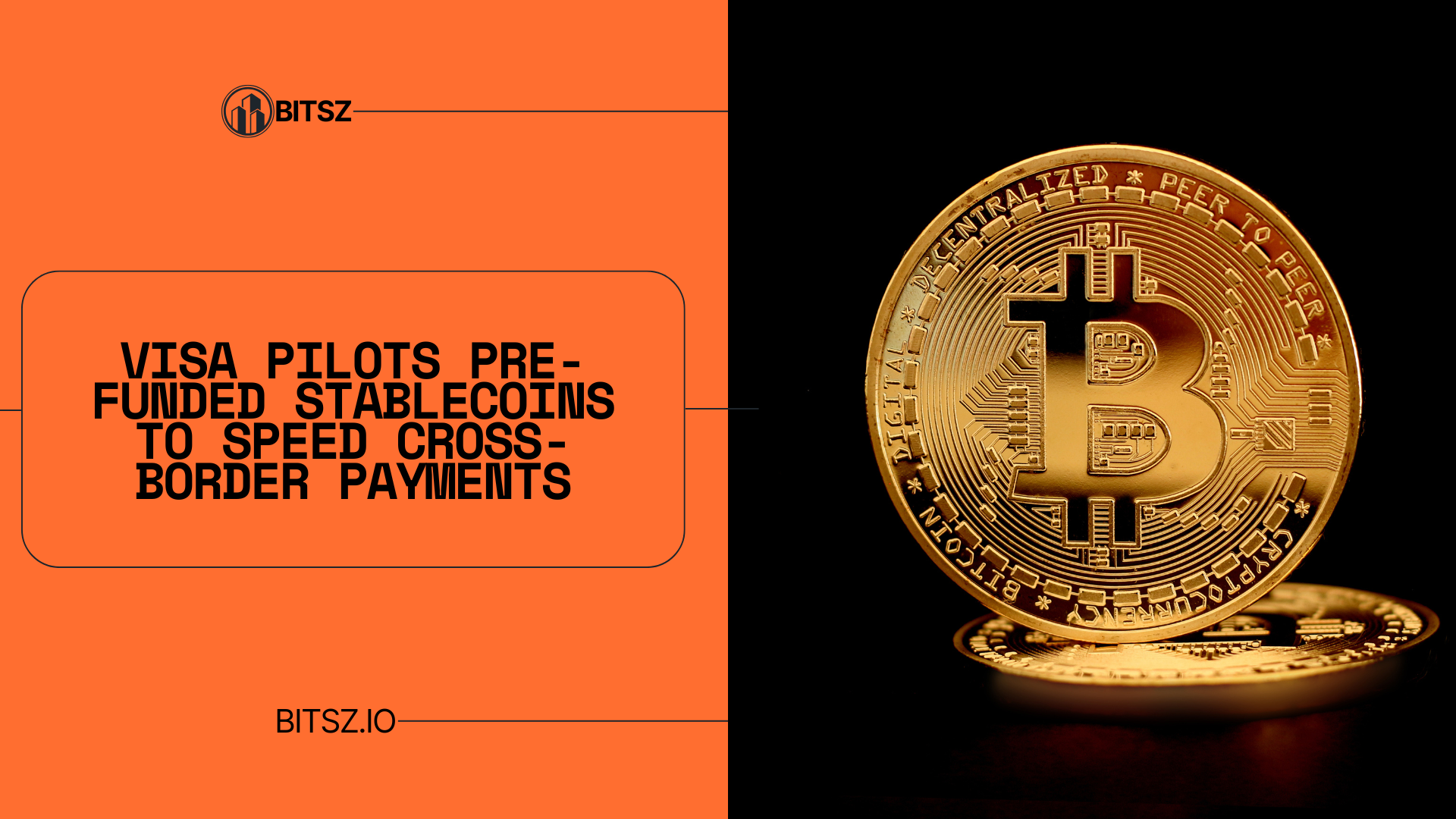
Visa’s new experiment with pre-funded stablecoins is one of the clearest signs yet that mainstream payments infrastructure is testing how digital tokens can sit alongside traditional fiat rails. Announced at SIBOS 2025, the pilot lets banks, remittance providers and other businesses pre-fund Visa Direct with stablecoins — effectively treating those tokens as “money in the bank” to cover instant cross-border payouts.
Why would Visa do this? Cross-border payouts today often require firms to hold bank balances in many countries to guarantee fast withdrawals — a working capital drag and an operational headache. By allowing pre-funding with stablecoins, which can be moved on blockchains around the clock, Visa aims to unlock liquidity and make payouts available in minutes rather than days. That’s a practical appeal for remitters, corporates and fintechs that need predictable, real-time settlement.
Which stablecoins are in the pilot?
Reports say the pilot will initially use dollar and euro-pegged stablecoins, including Circle’s USDC and EURC, to pre-fund payouts on Visa Direct. That choice matters: USDC is one of the largest regulated dollar stablecoins in markets where it’s widely used, and an institutional orientation helps make integration with legacy rails simpler for banks.
How the prefunding model works — in practical terms
Under the pilot, a business would hold stablecoins (pre-funding them to Visa’s system) instead of keeping fiat balances scattered across local accounts. When a payout is triggered, Visa treats those tokens as the funding source while completing the payout in the recipient’s local currency — preserving the user-facing experience while shifting backend liquidity mechanics to blockchain-based tokens. The net result: less capital parked in dozens of accounts and faster access to funds when demand spikes.
Why this is a meaningful shift
This isn’t a gimmick. It signals two important trends converging: (1) stablecoins have matured enough (in scale and regulatory attention) that major payment firms are comfortable experimenting with them, and (2) incumbents prefer to layer tokenized liquidity onto existing rails rather than replace them outright. Visa’s pilot keeps the familiar Visa Direct flow for end customers while offering businesses more flexible treasury options.
Timelines and scope
Visa said the pilot was unveiled at SIBOS and will move toward limited availability in the coming months as it tests integrations, compliance controls and partner flows. Some industry bulletins indicate limited availability could extend into 2026 while Visa and partners work through technical and regulatory checks. That timeline is typical for payments pilots that touch multiple jurisdictions and large financial counterparties.
What to watch — benefits and risks
Potential benefits are straightforward: improved liquidity management, fewer pre-funded fiat accounts, and faster on-network settlement. For remittance firms and global treasuries, that can lower costs and improve customer experience. But observers also flag questions: which counterparties will custody the stablecoins, how will Visa and partners manage operational and settlement risk, and how will regulators treat prefunded token balances across borders? Expect scrutiny around compliance, reserve transparency and the reconciliation between on-chain and off-chain records.
Broader market context
Visa’s move is part of a wave of traditional finance experiments with tokenized money. In recent months, banks in Europe announced plans for euro stablecoins, and blockchain settlement projects are getting backing from industry groups that want faster, 24/7 payments. Those parallel efforts underscore a shared objective: faster settlement without tearing up the existing financial plumbing.
Conclusion
The Visa Direct prefunding pilot is pragmatic: it treats stablecoins as a new liquidity tool for businesses rather than a consumer payment fad. If the pilot scales, it could reduce the capital drag of cross-border payouts and speed transactions in corridors where pre-funding has been a persistent pain point. But the pilot’s success will hinge on operational rigour, partner selection, and regulators’ willingness to accept tokenized prefunding as equivalent to traditional treasury balances.